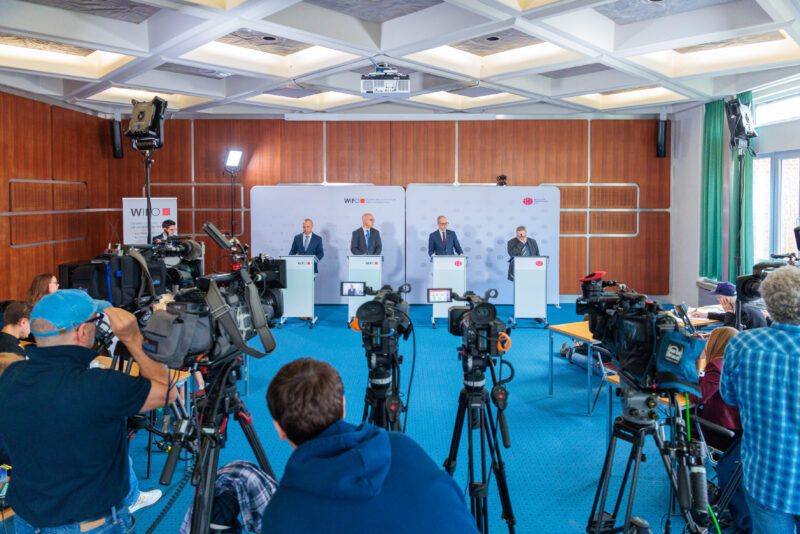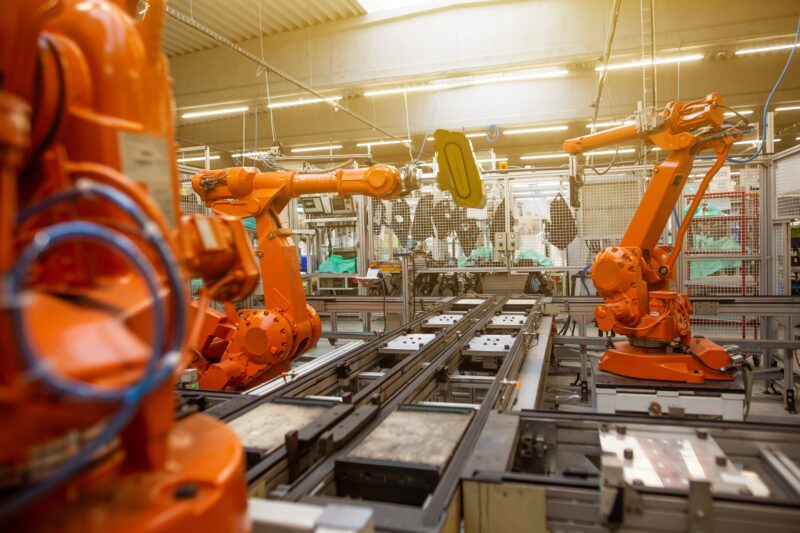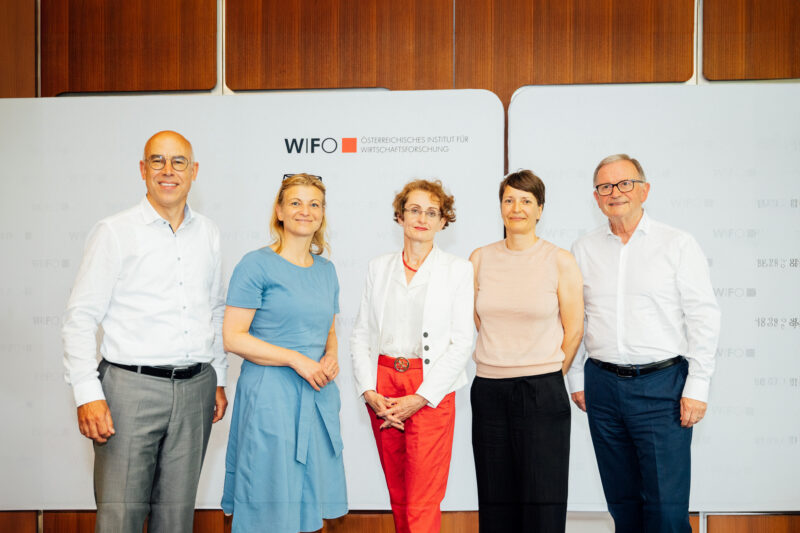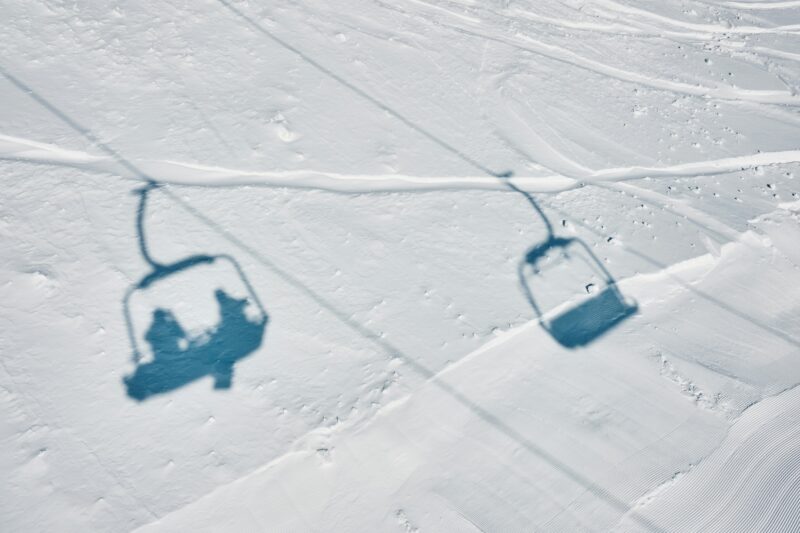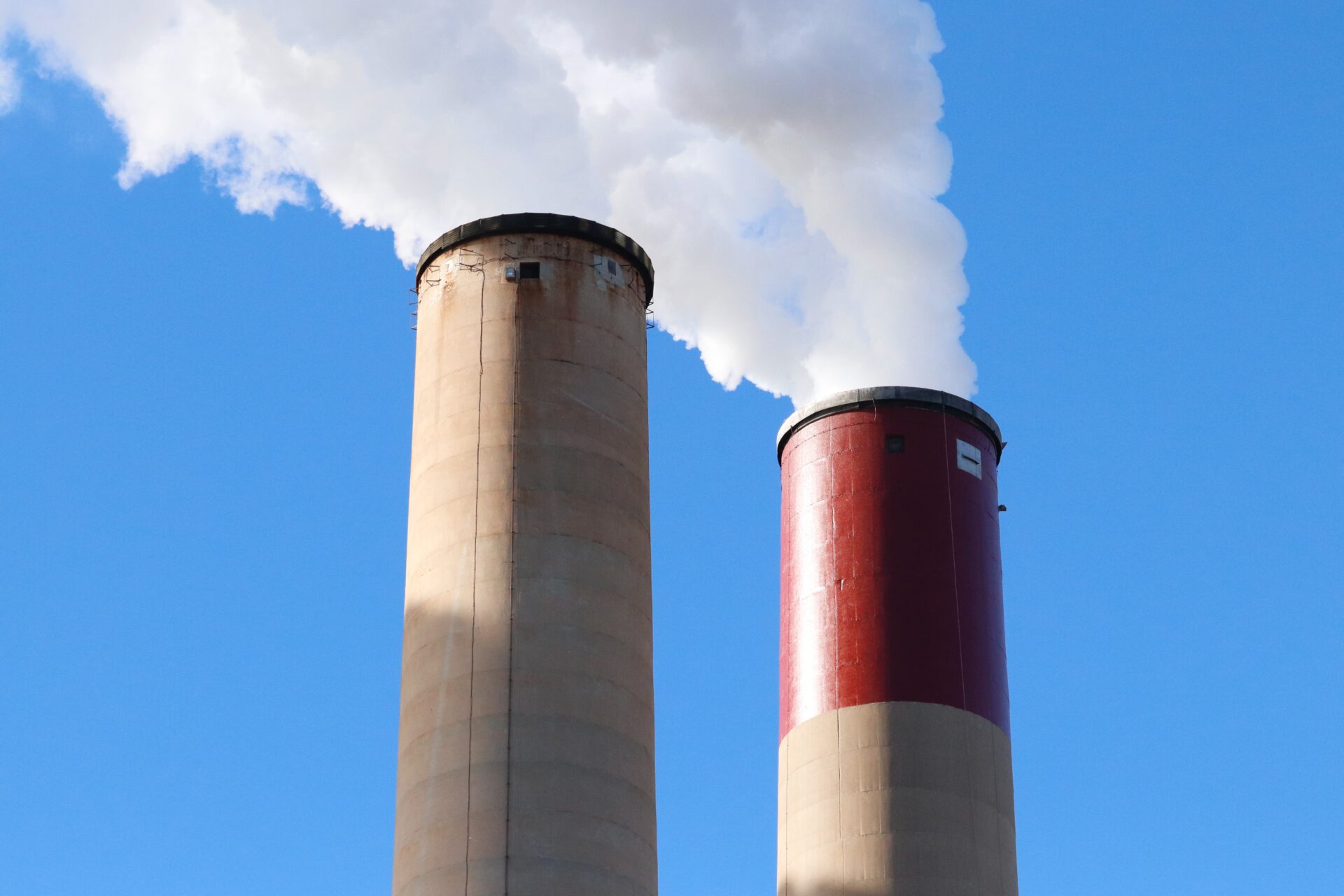
Greenhouse Gas Emissions in Austria Rise Again by 2 Percent in 2021
Consequently, in 2022, greenhouse gas emissions will still be nearly 2 million tonnes lower than in 2019. This level is slightly lower than in 1990, the base year of the Kyoto Protocol, with 78.4 million tonnes of CO2 equivalents. The calculations exclude land use, land use change and forestry.
"The COVID-19 crisis thus could confirm a pattern that we already observed during and after the financial market and economic crisis of 2008-09. Disruptive cuts in emissions due to the economic situation are certainly not sustainable and will not stop climate change. Comprehensive and determined ecological transformation steps are still needed to meet this global challenge," says WIFO environmental economist Mark Sommer.
Compared to the most recent WIFO forecast on economic growth in the lock-down scenario for 2021 of +1.5 percent and +4.7 percent in 2022, the expected increase in emissions (2021 +2 percent, 2022 +3.7 percent) thus differs significantly. The different rates of change are due to the fact that manufacturing, which includes emission-intensive sectors, will already grow more strongly in 2021 and sectors with lower emissions, such as catering and accommodation, will only catch up in 2022.
"WIFO's model can be used to help decision-makers identify those measures that will put Austria on a path of economic development that enables decoupling from fossil fuels and energy carriers," said WIFO economists Mark Sommer, Franz Sinabell and Gerhard Streicher.
They have developed a methodological approach that makes it possible to visualise the effects of changes in economic development in Austria on greenhouse gas emissions in a timely manner. The core of this tool is the combination of the input-output table of the Austrian economy and the greenhouse gas inventory according to the United Nations Framework Convention on Climate Change (UNFCCC).
Publications
Please contact


